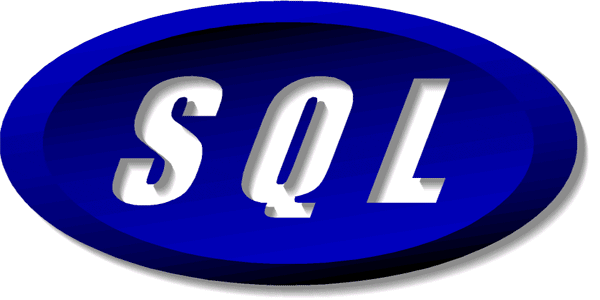SQL Database

SQL is a special-purpose programming language designed for managing data in relational database management systems (RDBMS).
Originally based upon relational algebra and tuple relational calculus, its scope includes data insert, query, update and delete, schema creation and modification, and data access control.
- SQL stands for Structured Query Language
- SQL lets you access and manipulate databases
- SQL is an ANSI (American National Standards Institute) standard
- SQL can execute queries against a database
- SQL can retrieve data from a database
- SQL can insert records in a database
- SQL can update records in a database
- SQL can delete records from a database
- SQL can create new databases
- SQL can create new tables in a database
- SQL can create stored procedures in a database
- SQL can create views in a database
- SQL can set permissions on tables, procedures, and views
The SQL language is subdivided into several language elements, including:
-
Clauses, which are constituent components of statements and queries. (In some cases, these are optional.)
-
Expressions, which can produce either scalar values or tables consisting of columns and rows of data.
-
Predicates, which specify conditions that can be evaluated to SQL three-valued logic (3VL) or Boolean (true/false/unknown) truth values and which are used to limit the effects of statements and queries, or to change program flow.
-
Queries, which retrieve the data based on specific criteria. This is the most important element of SQL.
-
Statements, which may have a persistent effect on schemata and data, or which may control transactions, program flow, connections, sessions, or diagnostics.
-
Insignificant whitespace is generally ignored in SQL statements and queries, making it easier to format SQL code for readability.

